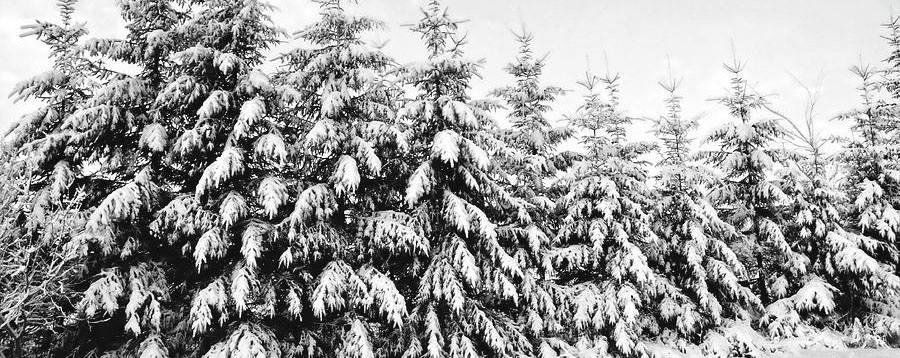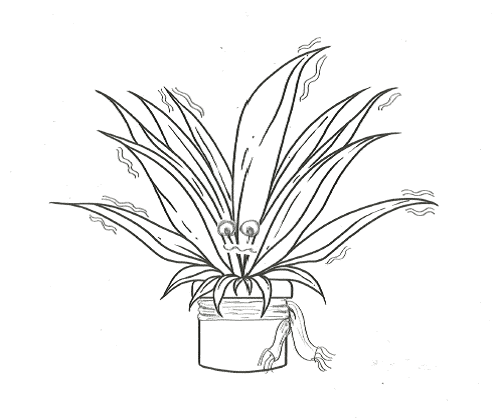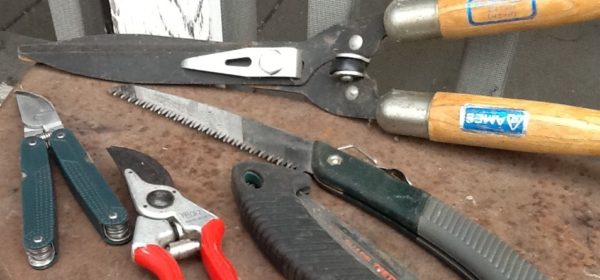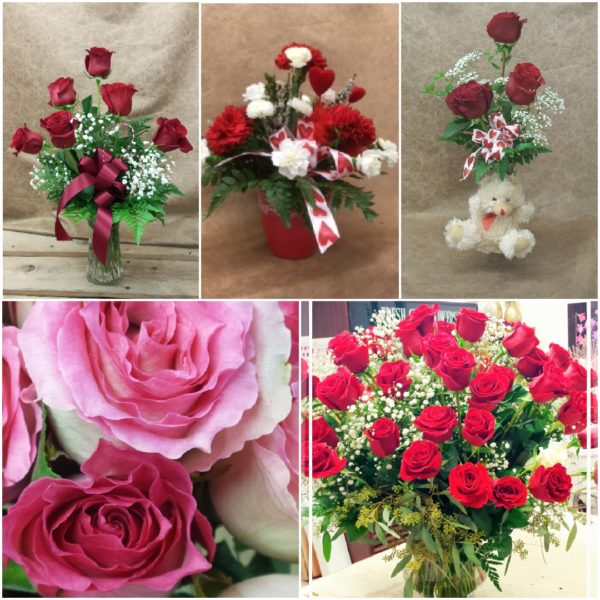What’s Budding

What’s Budding

What’s Your Better?
I love to develop relationships that serve our clients well. Initially, we speak or meet because a prospect reaches out, or because one of us reaches out to someone we think may need us. Maybe the homeowner, facilities manager or property manager has heard about us through a friend or peer. They use a service we provide, and they want to know more about our services or pricing. Maybe we see a new commercial building going up, or see that a residential property has changed hands and we are working on a project in the neighborhood.
No one at The Plant Professionals has quotas for sales or gets bonuses for volume generation. We are always looking for more work, and always appreciative when we are offered new projects or the opportunity to add a service relationship. It is important to me that we are a good fit. So many factors may be important to a particular decision maker. We may check a lot of boxes, or only a few. What we try to do is dialogue enough so that we are clear about goals and expectations. I would rather be thanked politely and told the fit is not there, than to be invited to work on a project, and then told later that an aspect that is not our strength has become the center point of the work.
We do try to ask how people have heard of us. We do some advertising, put energy into social media, and often receive publicity from charitable events and causes that we support. We belong to a number of local and regional organizations, as well as national ones that give us a broader platform for people to find us. It is part of our mission to be visible, and to make it easy for people to find us.
Occasionally we get a call or email from someone who has a current service, whether indoor plant care or landscape or outdoor color care services, who is looking for “better“ service. That can mean many different things to different people, but a common core of issues seem to come up in conversation.
When we provide a quote after a conversation and often a tour of the current landscape or interiorscape, several points of pain are most commonly heard: 1. I need to know the work will be done as scheduled. 2. I need to know when I will be billed and that the bill will be specific and detailed .3. I need to know that we will see uniformed, trained professionals on our property. 4. I want to be kept informed of how my plants are doing and be told about any concerns I should know of right away. 5. I am tired of waiting days or a week for a response when I call, text or email. I want a decision maker to respond in a timely way when I reach out. I want better service than I have experienced from my past vendor.
We celebrate 40 years of service in 2019, with just over 30 people on staff. We love being chosen for our dependability, our responsiveness, our unique designs, and our expertise. Everything we have accomplished is through the partnership of willing workers and appreciative customers. We want to be the better choice for each client we serve. Our design expertise, our breadth of offerings and our quality products are all valuable, as long as the customer is getting what they want and need. We love serving and always appreciate being introduced to those who need something we can help with! We want to be your “better”!

On the Green Side

Plants Can’t Shiver
Most of the plants we use indoors are tropical. This means they need temperatures of 60 degrees or higher to avoid chilling injury. Though we are thoughtful of this consideration when we recommend locations for plants, sometimes problems arise.
If a room seems warm and someone opens a window to cool the space for their comfort, a plant in that draft can easily be damaged. Plants located near closed windows in very cold weather may show damage if foliage is touching the glass, as the surface of the glass is much colder than the air in the room.
The worst damage is typically seen when doors are propped open temporarily in winter, such as for a furniture move or for carpet cleaning. We have actually seen instances twice where moving personnel dragged live plants outside and used them as door props at a building entrance. In both cases, the plants froze and died.
It is important that if you have a setback thermostat that the settings never allow the room temperatures to go below 60 degrees. Setting the thermostat at 62 or above is advisable.
Damage from cold may show up as wilting, brown or black spots or streaks, or leaf drop. The damage may appear within hours, or may take 3-4 days to be fully visible.
Some plants, such as several commonly used palm species, are more forgiving. Temperatures down to 45 can be tolerated as a draft, for instance. It is important to share any information about temperature extremes with our staff so we can provide the best match for your environment.
Help us protect your investment and plant health by advising coworkers or family members who share the space with plants about the need to avoid cold drafts and low temperatures.
Digging In

Late Winter Pruning
While working with homeowners, I am often asked about pruning trees and shrubs. Many want to know about the best time to prune, or what they need to be aware of while pruning.
Late winter is the best time of year to prune for the health of most trees and shrubs. This is especially important for oak and elm trees. They are very susceptible to oak wilt, or Dutch elm disease. Keep in mind that if you are pruning a flowering tree or shrub, you may have a reduction of flowers the following spring. We can advise which species are best to prune after bloom.
There are many advantages to late winter pruning. When done correctly, you can enhance the health, vigor, and the look of your trees and shrubs. With deciduous plants, pruning in the winter promotes fast re-growth in the spring from the improved balance of root and energy reserves, and quickly heals wounds. When branches are bare, it is easier to see the form and structure, whether it is damaged or diseased, or if branches are rubbing against one another. While the plants are dormant, so are many of the insects and diseases that can invade healing cuts.

It is important to prune to reduce or maintain the size and shape, to remove dead or diseased branches, to increase fruit, to increase light and air movement, and to stimulate growth.

When pruning limbs three inches in diameter or larger, be sure to use the three-cut method. This will prevent wounding the plant when the branch suddenly bends or snaps, tearing a strip of bark and wood from the tree. To make a three method cut:

Click on the link below for more useful tips and information from our friends at MSU.
https://www.canr.msu.edu/news/tips_on_tree_and_shrub_pruning

The Buzz

Valentine’s Day Will Be Here Soon
Don’t forget your loved ones! We have a variety of gifts, live plants, and fresh floral arrangements. Let us deliver something special to your special someone! Call us at 517-327-1059
Copyright © The Plant Professionals